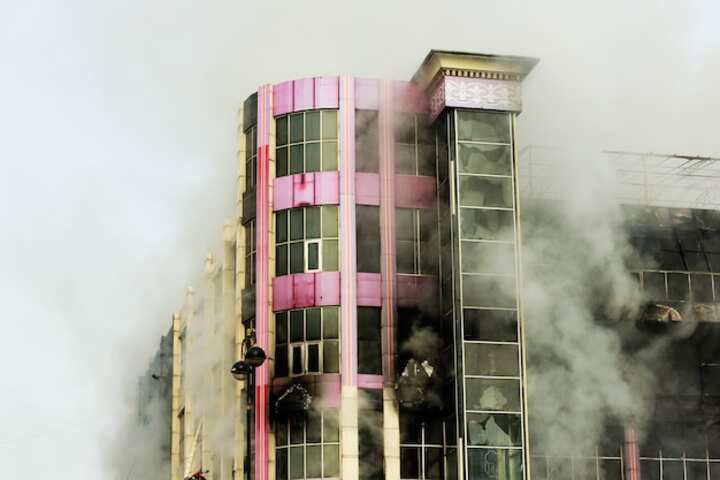
Expert Fire Damage Upholstery Cleaners Your Top Choice for Restoration
Fire damage can wreak havoc on a property, leaving behind a trail of destruction that affects not just the structure itself but also the contents within. Among the numerous items that can be severely impacted by fire are upholstered furniture pieces. Given their material composition, these items can absorb smoke, soot, and other residues, rendering them unusable unless properly cleaned and restored. This is where expert fire damage upholstery cleaners come into play, offering specialized services to bring life back to these cherished pieces. This article delves into the critical role these professionals play in the restoration process and what makes them the top choice for anyone facing fire damage.
Understanding the Impact of Fire Damage on Upholstery
Fire damage is not only about visible burns and scorches. Upholstery can suffer from several other effects:
- Smoke Damage: The smoke from a fire can penetrate deep into the fabric, leaving a persistent odor that is challenging to eliminate.
- Soot Residue: Soot can settle onto the upholstery surfaces, causing discoloration and potential staining.
- Water Damage: Efforts to extinguish the fire often involve water, which can lead to dampness and potential mold growth in upholstery.
- Structural Compromise: The heat from a fire can weaken the structural integrity of furniture, requiring careful assessment and restoration.
Find additional information here on how fire affects different materials in a home.
The Role of Expert Upholstery Cleaners
Professional upholstery cleaners offer a range of services that are crucial for the effective restoration of fire-damaged furniture. Their expertise includes:
Assessment and Evaluation
Before any cleaning process begins, it is vital to conduct a thorough assessment to determine the extent of the damage. This step ensures that the correct cleaning methods and products are used, tailored to the specific needs of the upholstery.
Specialized Cleaning Techniques
Upholstery cleaners utilize advanced cleaning techniques that are designed to remove smoke, soot, and odors effectively. These may include:
- Hot Water Extraction: A powerful method that injects hot water along with a cleaning solution into the fabric, followed by immediate extraction of debris and moisture.
- Dry Cleaning: Suitable for delicate fabrics that cannot withstand water-based cleaning methods.
- Odor Neutralization: Use of specialized deodorizers to eliminate the smoky smell that fire leaves behind.
Learn more in this detailed guide about cleaning techniques used in fire damage restoration.
Why Choose Professional Cleaners?
Opting for professional upholstery cleaners is beneficial for several reasons:
- Expertise and Experience: These professionals have extensive experience dealing with a variety of fire damage scenarios, making them adept at tackling even the most challenging cases.
- Time Efficiency: Professional services often yield faster results compared to DIY efforts, allowing homeowners to return to normalcy sooner.
- Comprehensive Solutions: Beyond cleaning, professionals offer repair and restoration services that address structural issues in the furniture.
Explore further insights here about the benefits of hiring professional cleaners for fire damage restoration.
Conclusion
When fire strikes, the aftermath can be daunting, especially when it involves cherished furniture pieces. Expert fire damage upholstery cleaners provide invaluable services that restore not just the appearance but also the functionality of fire-damaged items. By employing advanced techniques and thorough assessments, these professionals ensure that every piece of furniture receives the care it needs. For those faced with fire damage, turning to these experts is a decisive step towards recovery, ensuring that the home becomes a place of comfort once again. Read more about this topic to better understand the comprehensive services offered by fire damage restoration professionals.